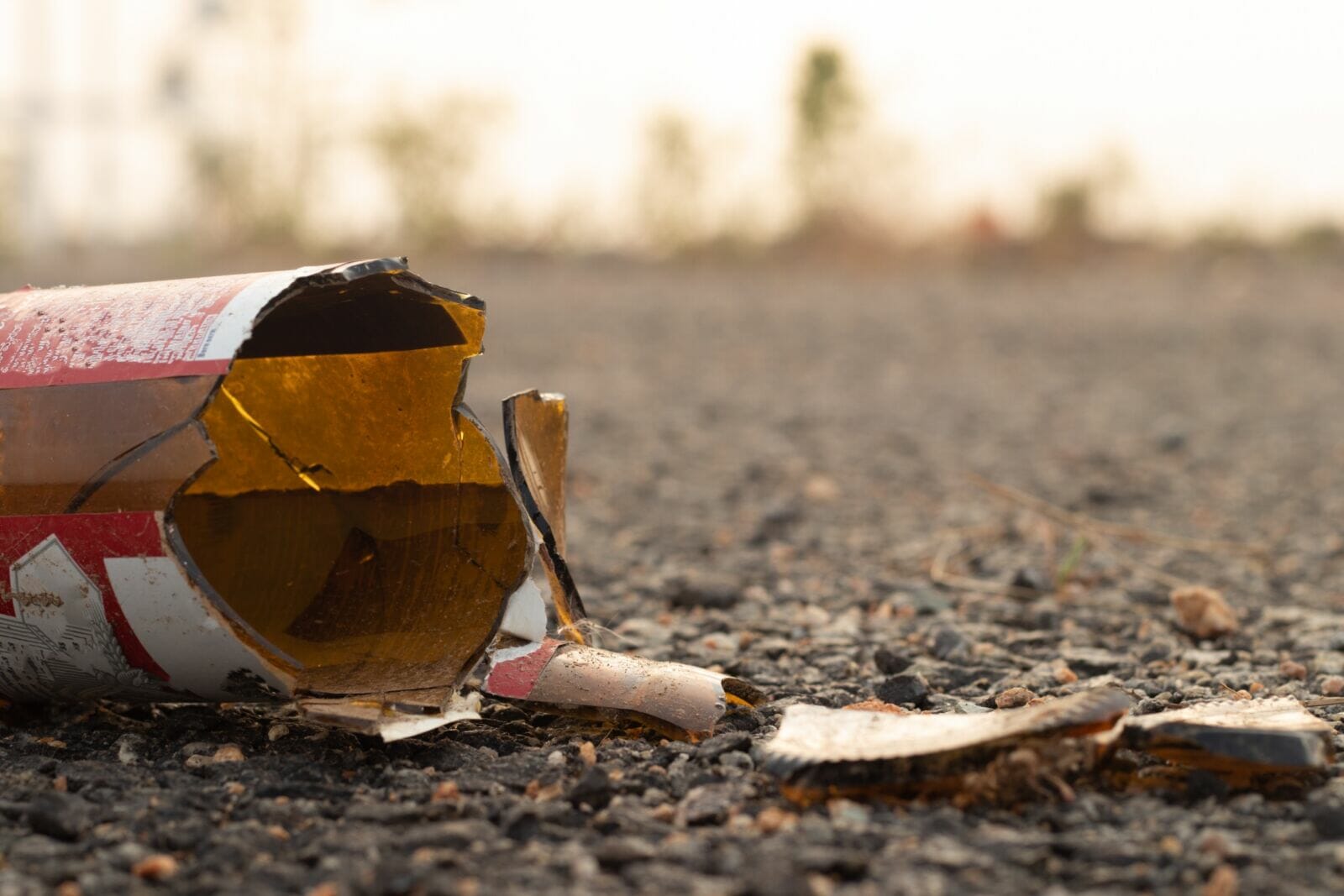There are more than 118,000 bags of litter along Maricopa County highways, totaling in more than 1.8 million pounds of litter being picked up off highways in Maricopa County alone.
LEARN MORE: Here are the 10 best commuter cities near Phoenix
Don’t Trash Arizona is funded by transportation dollars and is conducted by the Maricopa Association of Governments in coordination with the Arizona Department of Transportation.
“It’s designed to address the economic, environmental, and safety impacts of litter on our state and regional highway,” Kelly Taft, Communication Director at Maricopa Association of Governments said.
In an email interview with the Arizona Department of Transportation, it was revealed that in 2022, they worked to remove, “122, 218 bags of litter weighing approximately 837 tons from the state of Arizona maintained highways in Maricopa County.” In comparison to 2021, litter along Maricopa highways have increased by 3%.
In October of 2022, Don’t Trash Arizona released a “Litter Evaluation Survey,” it was found that “there continues to be a disconnect between perceptions of what constitutes littering and what is actual littering, the most littered items tend to be food items and other small items.”
“Cigarette butts are a very common type of litter, it’s very difficult for the crews to actually pick those up off the roadway because they are such small items. They can actually stay on the roadway for a very long time,” Taft said.
Littering comes at cost, not only to our planet but our pockets. To clean up our roadways, taxpayers are paying $5 million in clean-up costs and $150,000 in labor hours.
In 2022, it was found that only 37% of those surveyed felt “very concerned” with the cost of litter pickup for taxpayers.
In total, 24% of residents reported littering food or organic materials in the last year which is 1% less than the 25% who littered food items in 2021.
“Apple cores and banana peels, a lot of people don’t want that sticking around in their car. Litter attracts other littler so people will see litter and then they might throw out plastics on top of that,” Taft said.
The “Litter Evaluation Survey” states that, “over two-thirds or 69% of residents surveyed [in 2022] believed litter along Maricopa County freeways was a “big” or “moderate” problem.” This is tied with the high of 69% measured in 2019. “However, in recent years the percentage of residents who label the problem as “big” has steadily increased and is now at the highest level reported at 24%.”
“It is extremely difficult to change behavior,” Taft said. “First, you have to change your awareness and then you have to change the attitude to do something about the problem, and then you have to change people’s behavior.”
From surveys over the years, general awareness of litter advertising in Arizona had a sharp increase of 27% in 2019 compared to its 19% in 2018. In 2020, awareness of anti-litter campaigns decreased by almost half. In the year 2022, awareness is the same as 2020, 14%.
“It doesn’t cost anything other than not doing a behavior and that’s what I keep coming back to, is not like you have to go out and do something, it’s just you have to go out and not do something.”
Of those who saw ads against littering, 11% recalled Don’t Trash Arizona to be the main slogan of the ad.
“Our campaign is based around the idea that Arizona is our home, and we believe that most of us treat our individual homes with respect so we should do the same with our collective home, this beautiful state that we live in,” Taft said.




